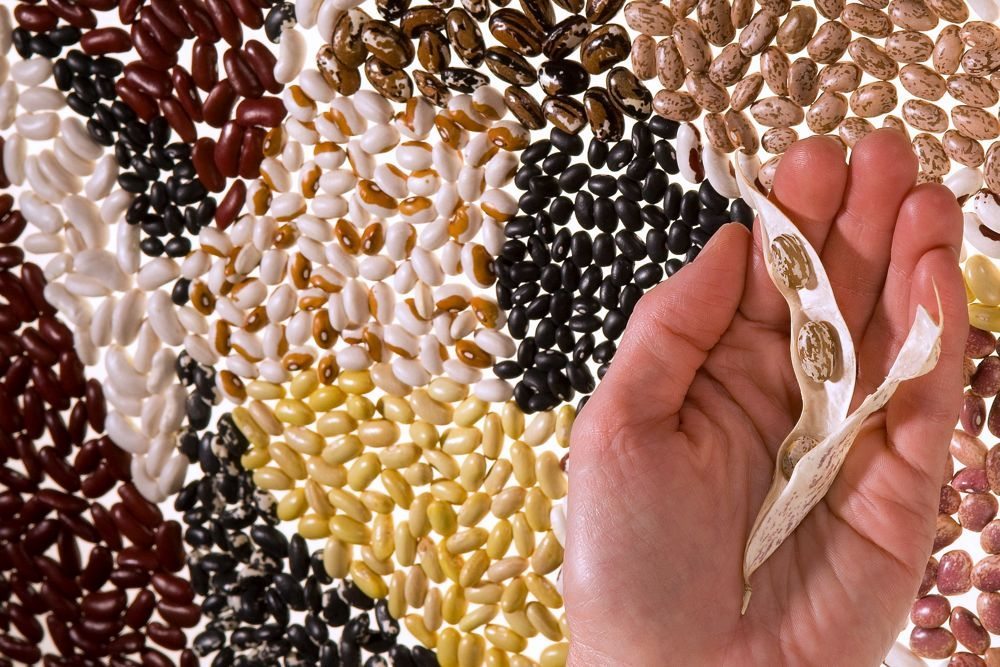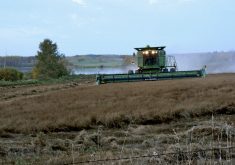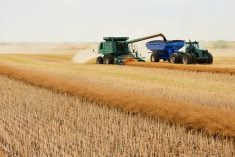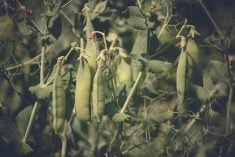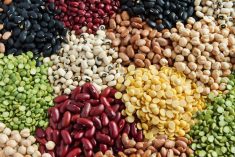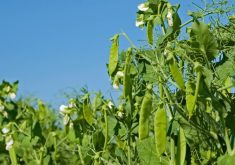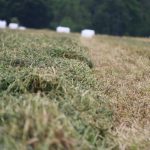CNS Canada –– As insatiable demand for lentils, peas and other major pulses grows louder, so do expectations for more pulses to be planted in Manitoba.
When it comes to edible beans, however, acreage is expected to go down slightly, not up.
“We’re probably going to be around the 110,000-acre range — a bit down from last year,” said Dennis Lange, a provincial pulse specialist at Altona, Man.
Growers last year in Manitoba harvested 128,000 acres, primarily in navy and black beans but also pinto, kidney, cranberry, great northern and pink specialty beans.
Read Also
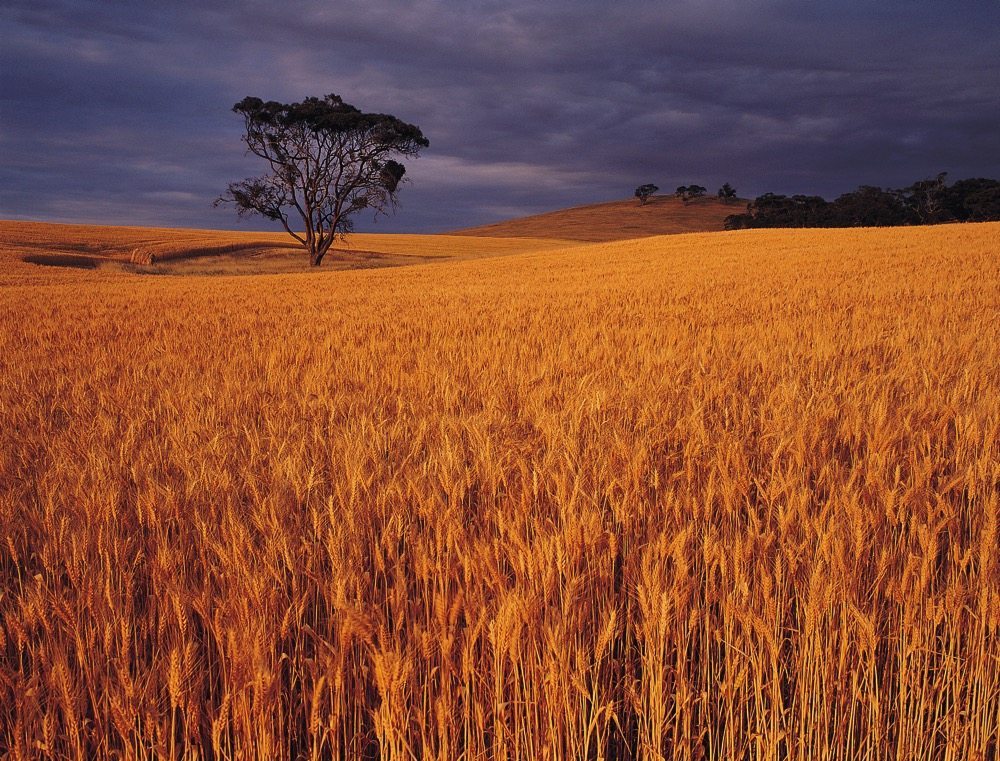
USDA predicts more wheat in Australia, smaller crops elsewhere
Australia will grow more wheat in 2025/26 than earlier expectations, but production will likely be down on the year in Turkey and Kazakhstan, according to several attaché reports released by the United States Department of Agriculture on Nov. 20, as it continues to catch up following the federal government shutdown.
Strong competition in Manitoba from other crops — for examples, soybeans and lentils — is the main reason why edible beans will likely dip this year, said Lange.
“There’s been a resurgence in field peas in southern Manitoba and we’re going to see a few more acres in field peas than what we saw before.”
Edible beans tend to go in after most of the major crops, though, so it’s not a forgone conclusion that area will be limited to 110,000 acres, Lange added.
If some cereals or oilseeds don’t go in the ground for whatever reason, edible beans could be used as an alternative.
Yields for edible beans have improved significantly over the past 10 years, Lange added, as growers become more comfortable with them.
“Yields have definitely increased over the past 10 years, largely because we’re focusing on grounds where edible beans have a better fit,” he said.
Nowadays, he added, edible beans tend to be planted in relatively better soil with superior drainage.
— Dave Sims writes for Commodity News Service Canada, a Winnipeg company specializing in grain and commodity market reporting.

